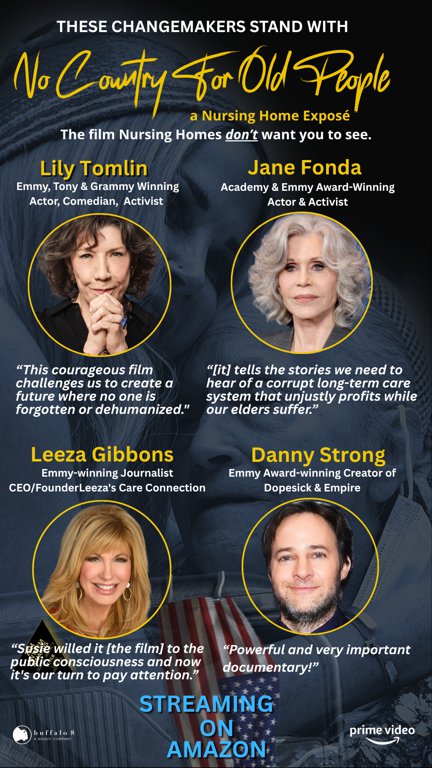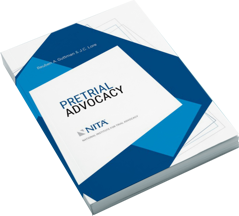 Guttman Buschner PLLC is pleased to announce that former United States Attorney Rick Mountcastle has joined the firm as Of Counsel, bringing his decades of nationally recognized litigation and enforcement experience to the firm’s robust whistleblower and complex litigation practice. At the same time, Mountcastle is expanding his advocacy efforts as a producer of the forthcoming docuseries No Country for Old People — A Nursing Home Exposé, which will premiere on Amazon on August 1, 2025.
Guttman Buschner PLLC is pleased to announce that former United States Attorney Rick Mountcastle has joined the firm as Of Counsel, bringing his decades of nationally recognized litigation and enforcement experience to the firm’s robust whistleblower and complex litigation practice. At the same time, Mountcastle is expanding his advocacy efforts as a producer of the forthcoming docuseries No Country for Old People — A Nursing Home Exposé, which will premiere on Amazon on August 1, 2025.
Mountcastle, a decorated former federal prosecutor, earned national recognition for leading the 2007 criminal prosecution of Purdue Pharma and its top executives for deceptive opioid marketing—one of the first federal cases to target corporate accountability in the opioid epidemic. His work was dramatized in Hulu’s Emmy-nominated series Dopesick, where he was portrayed by Peter Sarsgaard. He has since spoken widely on the opioid crisis, including appearances on CBS’s 60 Minutes (March 9, 2025) and numerous legal and public policy forums.
“Rick brings not only a stellar legal record, but a profound sense of justice and public purpose,” said Reuben Guttman, founding partner of Guttman Buschner PLLC. “His leadership in some of the most consequential health care fraud cases of our time—especially those affecting the most vulnerable—aligns with our mission to hold powerful institutions accountable. We’re proud to welcome him to the firm.”
Mountcastle previously served as United States Attorney for the Western District of Virginia and as the District’s Principal Deputy U.S. Attorney, and as Senior Trial Attorney in the U.S. Department of Justice. His work earned the Department’s highest honor—the John Marshall Award for the Trial of Litigation—for the trial of a Russian mafia leader for gasoline excise tax fraud. He later led a landmark $1.5 billion resolution against Abbott Laboratories for the illegal off-label promotion of Depakote for agitation in dementia patients in nursing homes, one of the largest single-drug fraud settlements in DOJ history.
Mountcastle’s dedication to protecting vulnerable populations continues in the documentary space. Since 2022, he has partnered with Los Angeles filmmakers Susie Singer Carter and Don Priess on the docuseries No Country for Old People, which investigates the systemic neglect and abuse in America’s long-term care facilities.
“Stories have the power to reach where statutes and regulations fall short,” said Mountcastle. “This series exposes what the public hasn’t seen—and what some institutions would rather keep hidden. We hope it inspires outrage, awareness, and ultimately, reform.”
No Country for Old People — A Nursing Home Exposé will be available for streaming on Amazon beginning August 1, 2025.
Mountcastle earned his J.D. from George Washington University National Law Center, his B.A. from Marquette University, and served 28 years in the U.S. Army Judge Advocate General’s Corps (JAG), retiring as a Lieutenant Colonel in 2008.
For interviews, press access to the docuseries, or more information, please contact Harlan Boll at bhbpr.com.
Learn more about Guttman Buschner PLLC at https://www.gbblegal.com and follow updates on No Country for Old People at https://www.nocountryforoldpeople.com.
